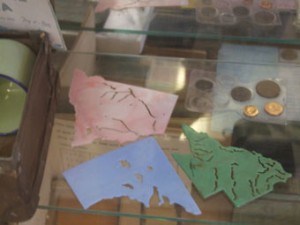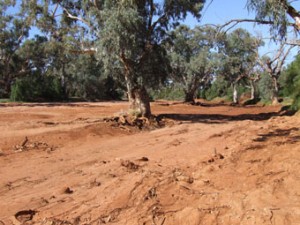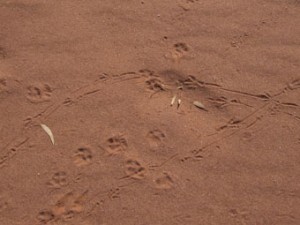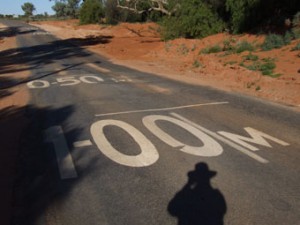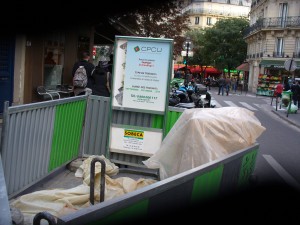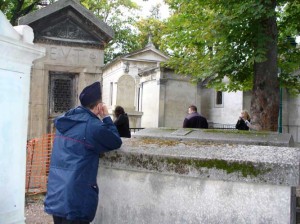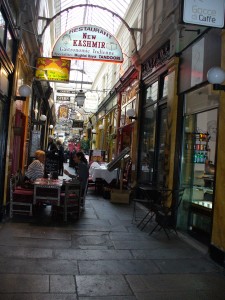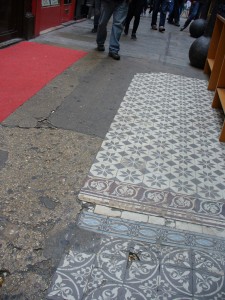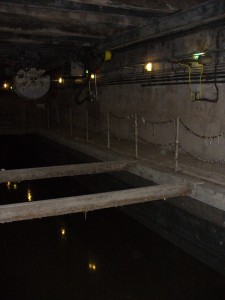This week’s post was written by guest spotter Julian Holland, who is a science curator and historian. Julian has been travelling recently in far western New South Wales.
Water – and there is a steady insistent drizzle as I write – water remains the central conundrum of the European experiment in settling Australia. Water is invisible in most of the Australian landscape most of the time. But sometimes – at rare intervals – it appears in abundance, even excess. Much of the drive for Australia’s exploration in the nineteenth century was the search for water – for an inland sea around which agriculture could develop and for navigable rivers which could transport people and produce to markets.
But the explorers’ quest gave way to the reality of Goyder’s Line, the boundary in South Australia beyond which rainfall could not be relied on for agriculture. The disjunction is marked on the landscape by a sudden shift in the character of vegetation.
Yet the myth of water remains powerful. In the old school house museum in Silverton, beyond Broken Hill, plastic stencils of different states reminded me of this. Apart from their boundaries – coast lines and surveyors’ lines – the only features they could guide a child’s pencil along were the courses of rivers and boundaries of lakes, patterning impressionable brains with the idea of water in the landscape.Â
The river that runs through Silverton, Umberumberka Creek, most of the time doesn’t run anywhere. It is a river of sand. It is characteristic of Australia’s dry land rivers, visible in the landscape as a ribbon of larger trees, their roots embracing the invisible river below the sand.Â
Instead of the ephemeral ripples of wind or insect or falling leaf – or the splash of oars – these rivers of sand carry slightly more enduring inscriptions.
Heading back to Broken Hill, on the outskirts of Silverton, the road bows down in courtesy to a passing creek – a feeder to the Umberumberka – dry too much of the time to warrant a bridge, the possibility of water, or the probability of its absence, marked by lines and depth measures of 0.50 and 1.00 metres. We inscribe the landscape and the landscape is inscribed in us. The two landscapes do not always match.
